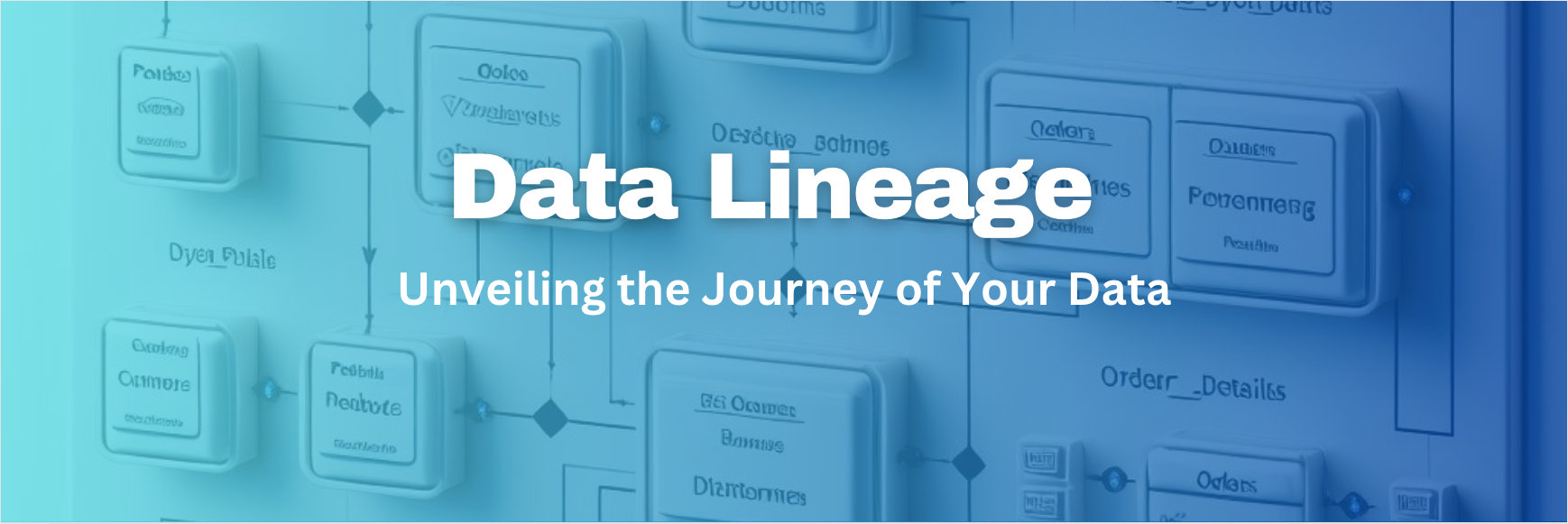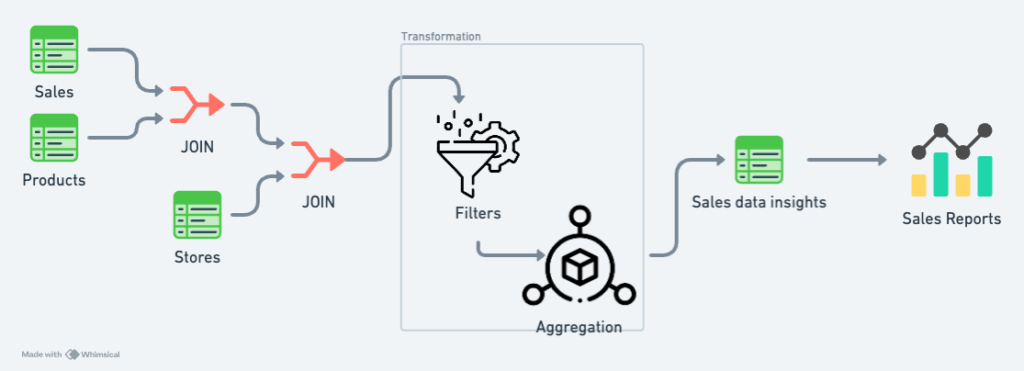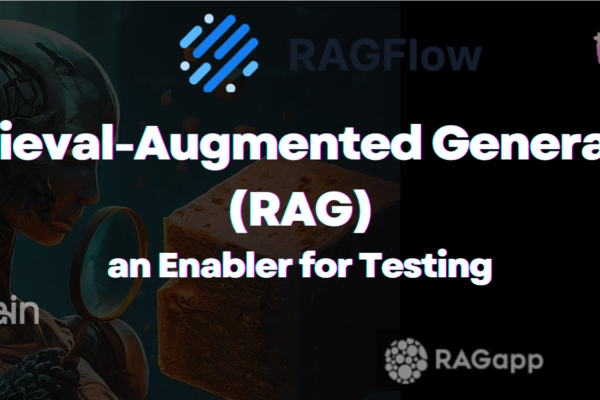
Data Lineage: Unveiling the Journey of Your Data
In today’s data-driven world, organizations rely on a complex ecosystem of data sources, transformations, and pipelines to generate valuable insights. But with this complexity comes a challenge: understanding the origin and flow of data. This is where data lineage comes in.
In our ETL Testing series lets try to understand Data Lineage and How you can unveil the journey of your data with data lineage.
What is Data Lineage?
Data lineage refers to the process of tracking and documenting the journey of data throughout its lifecycle. It maps the path data takes, from its initial source (e.g., customer records, sensor data) to its final destination (e.g., data warehouse, analytics reports). Data lineage provides a clear view of:
- Data Origin: Where does the data come from?
- Transformations: How is the data modified or processed? All the transformations it undergoes, like filtering, aggregation, and calculations.
- Destination: Where does the data ultimately reside and how is it used?
Importance of Data Lineage
Data lineage offers several key benefits:
- Improved Data Quality: By understanding data lineage, you can pinpoint potential errors or inconsistencies at their source, facilitating faster troubleshooting and data quality improvement.
- Enhanced Regulatory Compliance: Regulations like GDPR and CCPA require organizations to understand data flow and demonstrate responsible data handling. Data lineage helps meet these requirements.
- Streamlined Impact Analysis: When changes are made to data sources or transformations, data lineage allows you to identify downstream impacts and assess potential risks before implementation.
- Boosted Trust and Transparency: Clear data lineage fosters trust in data-driven insights by providing a transparent view of the data’s journey.
- Streamlined Troubleshooting: Debugging issues becomes faster when you can pinpoint the exact source and transformation steps involved. Data lineage saves time and resources by providing a clear path to investigate problems.
- Better Decision-Making: By understanding the history and context of your data, you can make more informed decisions based on reliable information.
When to Use Data Lineage
Data lineage is particularly beneficial in situations where:
- You have complex data pipelines with multiple transformations.
- You need to ensure compliance with data privacy regulations.
- You frequently modify your data architecture or processes.
- You experience data quality issues and need to identify the source.
Creating Data Lineage
Building a data lineage system involves several steps:
- Data Mapping: Identify all data sources, transformations, and destinations involved in your data pipelines.
- Data Profiling: Analyze the structure and characteristics of data at each stage of its journey.
- Lineage Recording: Implement tools or processes to capture and store data lineage information.
- Visualization: Create visual representations of data flow (e.g., data lineage graphs) for clear understanding.

There are two main approaches to creating data lineage:
- Manual Lineage: This involves manual documentation of data flows and transformations, which can be time-consuming and error-prone for complex data pipelines.
- Automated Lineage: Leveraging specialized tools can automate tracking and capturing data lineage information throughout the data lifecycle, offering a more efficient and reliable solution.
Lets Take An Example of Sales Data Pipeline
Imagine a retail store that tracks product sales data from point-of-sale systems (source). This data is then transformed (e.g., aggregated, filtered) to generate inventory reports (destination). Data lineage would show the flow of sales data from the POS system, including any transformations applied before reaching the final inventory report.
Below is a very basic data lineage for this flow of data. Each table in below diagram will have details of schema, Join should contain join criteria, filter and aggregation should have details what filtration and aggregation logic is applied.

Popular Data Lineage Tools
You can always prepare Data Lineage manually , but it will be very time consuming and error prone. As entities and amount of data grows in system, the complexity of the same will improve. In such system maintaining Data Lineage manually is not a feasible option.
There are several tools in industry, that can help create and manage data lineage.
There are Many open source tools are also available. Few which i found useful are as below.
Conclusion
Data lineage is a crucial component of modern data management. By providing a clear understanding of your data’s journey, it empowers you to make informed decisions, improve data quality, and ensure compliance. As data complexity grows, implementing data lineage practices becomes essential for navigating the ever-evolving data landscape.




